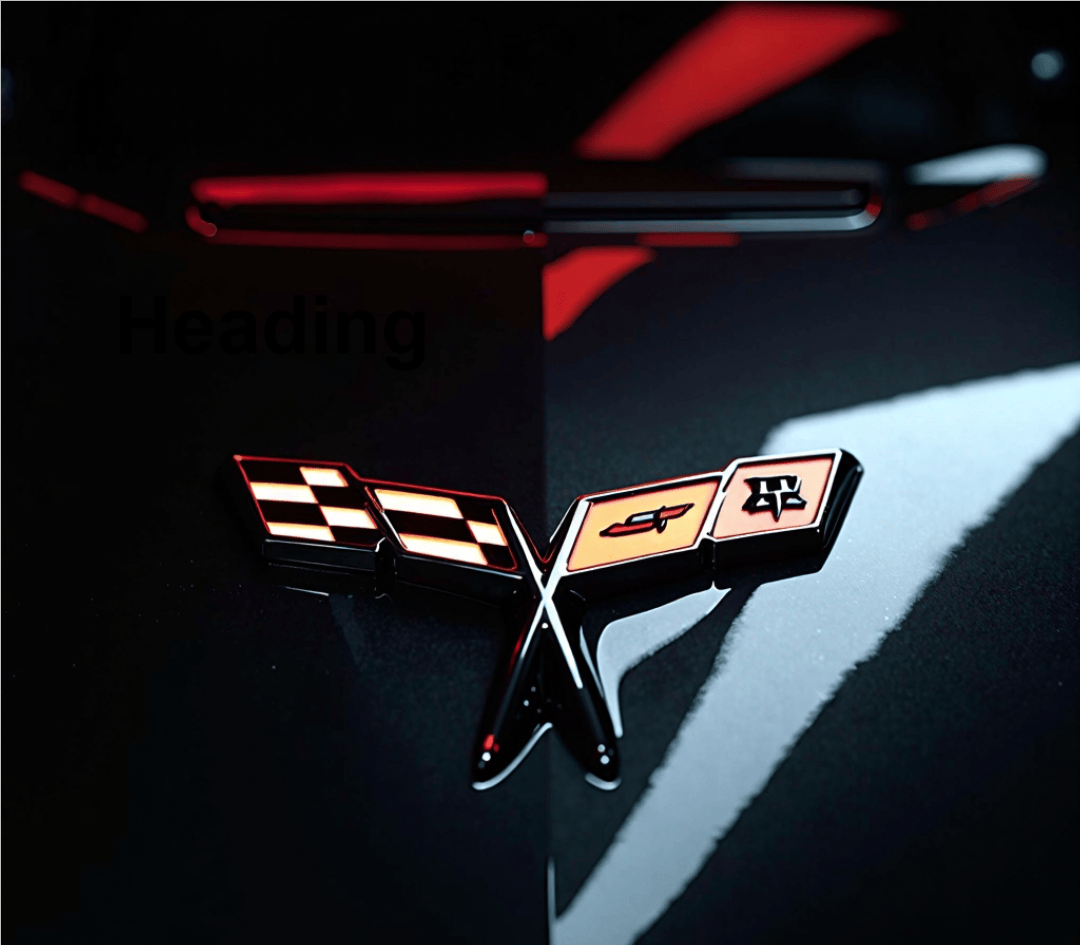
What Happened on That Fateful Day?
On a regular weekend in Castle Rock, Colorado, a late 1970s brown C3 Corvette met an unexpectedly rough fate. The driver, cruising in a classic symbol of American automotive artistry, turned his vintage coupe into an unintentional convertible after a devastating crash into a guardrail near the Douglas County Fairgrounds. Following this shocking incident, reports surfaced, capturing the harrowing aftermath, showing pictures where gravity hardly did justice to the crash’s sheer violence. As witnessed by the Castle Rock Fire and Rescue Department, the car's front end dove under the guardrail, collapsing its roof and shattering the windshield in a matter of moments, bringing a chilling realization of how automotive design and the laws of physics can collide in the worst ways.
The Miraculous Escape
Remarkably, the driver emerged from this disastrous wreckage with barely a scratch, leaving many to ponder the intersection of luck, engineering, and the safety mechanisms inherent in classic cars. The fire rescue team had to cut away the roof of the car to safely extract him, showcasing a striking contrast: a truly devastating sight juxtaposed against the fortunate survival of the driver. This incident serves as a stark reminder of the difference that safety advancements can make in automotive design, even in older models. While modern vehicles boast a plethora of safety features, it appears that this classic Corvette, despite its lack of modern risk-averse technology, still guarded its driver well enough to tell the tale.
Reflection on Vehicle Safety Over the Years
This incident brings to light the ongoing conversation among car enthusiasts regarding the evolution of vehicle safety. Contemporary Corvettes are laden with cutting-edge technology designed to protect their drivers at every turn. Yet, here we have a classic C3 that survived largely due to the intrinsic sturdiness of its build. This blend of vintage aesthetics and a surprisingly robust structure underscores a crucial introspection into automotive history. As we celebrate these stunning machines, we must also recognize the fine balance of beauty and safety they offer, proving that even older designs can occasionally turn the odds in favor of the driver.
The Allure and Risks of Driving Classic Vehicles
For many car aficionados, driving a classic like the C3 is about more than navigating the roads; it’s a connection to history, a status symbol, and an expression of individuality. Yet, circumstances like the recent crash underscore the risks inherent in owning such vehicles. Engaging in spirited driving can often lead to unforeseen challenges, heightening the need for awareness and respect for the limitations of older automotive designs. For enthusiasts, this reflects an ongoing responsibility to preserve not only the physical vehicles but the safety of those behind the wheel.
Conclusion: A Call for Awareness in Enthusiasts
As stories like this circulate in the community of car enthusiasts, it’s a pertinent opportunity to remind ourselves of the delicate interplay between enjoyment and responsibility in the world of classic cars. Every drive holds potential not just for thrills, but also for hazards. It’s vital for owners to ensure that their vehicles are not only charming relics of the past but also safe to operate in today’s fast-paced driving culture. Remember, while we celebrate the exhilarating spirit of classic cars, let’s embrace their history as a lesson for safer roads.
In conclusion, as you fire up your favorite ride, consider how far we’ve come in vehicle safety while appreciating the unique allure these classic cars offer. Safety must remain a priority, serving as a reminder that every journey should be a joyful one.
 Add Row
Add Row  Add
Add 




Write A Comment